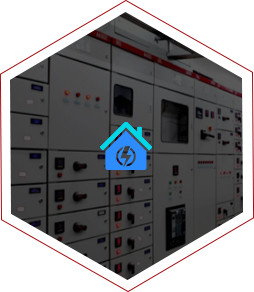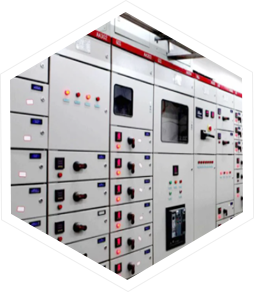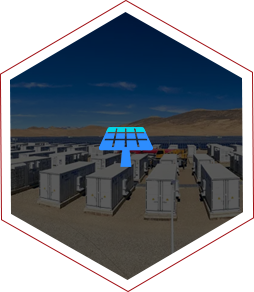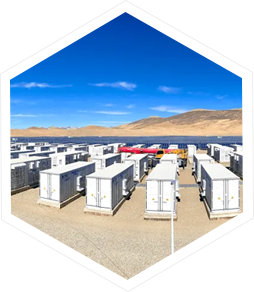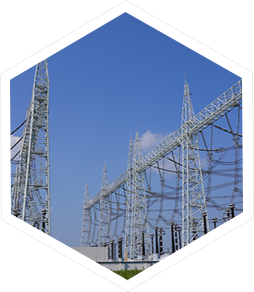I. Background
Energy storage stations have high-energy-density batteries deployed in large and centralized manner. The fire will be beyond control for a short time, resulting in domino effects. Due to the challenges in extinguishing fires and the high risk of catastrophic outcomes, the early warning of crisis becomes critically important.
The current safety monitoring in energy storage stations is divided into battery body monitoring and external electrical equipment monitoring. For battery body monitoring, the widely-used solution is the Battery Management System (BMS). For non-battery electrical equipment, conventional detection systems such as residual current detection, temperature sensing and electromagnetic wave detection are commonly used. However, these two systems typically operate independently, leading to failure in providing comprehensive monitoring and early warning for the overall safety of the energy storage station.
II. Solution
CloudScout has independently developed its online monitoring and fire early warning system for energy storage station to realize zoned monitoring at prefabricated container level and battery cluster level. By addressing the gaps in existing technologies, this system significantly enhances the reliability of early warning. At the prefabricated container level, standard equipment is deployed, utilizing nano-particle detection technology and large-area active air sampling to achieve comprehensive monitoring coverage and rapid response. At the battery cluster level, compact and integrated devices are used, with particle detection combined with early warning of characteristic gases to provide precise monitoring within the battery cluster area.
The main system advantages are as follows:
1) Early warning of battery thermal runaway: Advanced nano-particle and characteristic gas detection technology is used to realize the early warning of battery thermal runaway while combining with the fusion analysis of key parameters of the battery body.
2) Non-battery component hazard monitoring: The system sensitively detects the nano-particles generated by overheating or discharging hazards of equipment and cables to ensure the safety of external equipment and operating environment of the battery.
3) Active online monitoring: An active air sampling method is adopted, showing faster speed compared to the traditional point sensing. The system has the function of real-time data display, remote control, fusion analysis, and compatibility with other subsystems.
4) Flexible installation methods: Both centralized installation and distributed installation are available. The choice can be made according to the monitoring area.
III. Cases













